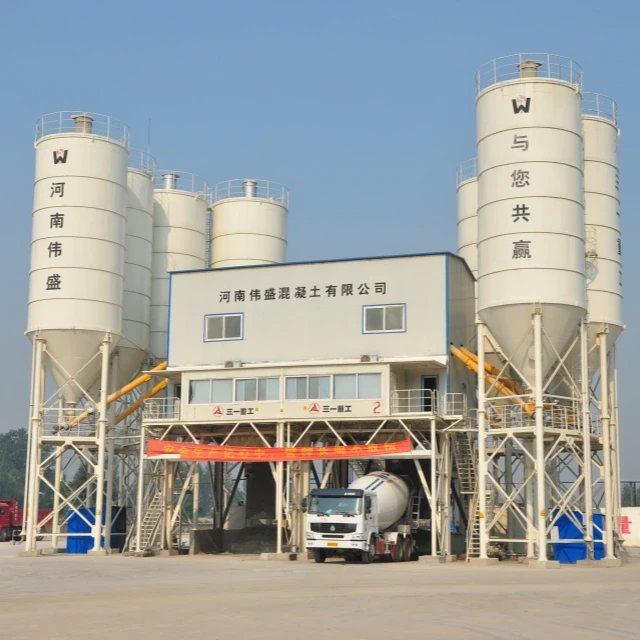Introduction
Cement tanks face significant durability challenges from prolonged heat exposure, leading to structural degradation and increased maintenance costs. Water cooling systems offer an effective mitigation strategy—but only when designed with precision. This guide explores how to implement spray-based cooling networks that maximize thermal dissipation while minimizing water waste, supported by industrial case studies and innovations in sustainable design.
Heat Radiation Challenges in Cement Tank Durability
Mechanisms of Heat Transfer in Cement Structures
Cement tanks absorb and retain heat through three primary mechanisms:
- Conduction: Heat moves through the tank walls from high-temperature contents (e.g., stored chemicals or hot water).
- Convection: Air currents transfer heat along the tank’s exterior surfaces.
- Radiation: Infrared energy emits from sun-exposed surfaces, raising internal temperatures.
Did you know? A cement tank under direct sunlight can reach internal temperatures 20–30°C above ambient air, accelerating microcrack formation.
Long-Term Risks of Unmitigated Thermal Exposure
Uncontrolled heat leads to:
- Cracking and Spalling: Thermal expansion weakens cement bonds.
- Reduced Lifespan: Studies show a 40% decrease in structural integrity over 10 years without cooling interventions.
- Safety Hazards: Heat-induced stress raises risks of leaks or collapses in extreme cases.
Water Cooling Systems as a Mitigation Strategy
Design Principles for Efficient Spray Networks
An optimized spray system requires:
- Uniform Coverage: Nozzles must be spaced to overlap spray patterns, avoiding "hot spots."
- Flow Rate Calibration: Target 0.5–1.5 liters per minute per square meter, adjusted for local climate.
- Automated Controls: Temperature sensors trigger sprays only when thresholds are exceeded, cutting water use by up to 35%.
Ever wondered how industrial plants minimize water waste? The answer lies in closed-loop feedback systems.
Balancing Water Usage and Thermal Dissipation Efficiency
Key trade-offs include:
- Droplet Size: Smaller droplets evaporate faster, cooling more effectively but requiring higher volumes.
- Timing: Intermittent spraying during peak heat hours (10 AM–4 PM) reduces consumption.
- Material Compatibility: Stainless steel nozzles resist corrosion from mineral-rich water.
Enhancing Sustainability and Cost-Effectiveness
Case Studies: Industrial Applications and Outcomes
-
Chemical Storage Facility, Germany:
- Implemented a pulsed-spray system with recycled rainwater.
- Result: 50% less water used annually, with tank surface temperatures stabilized at ≤30°C.
-
Wastewater Plant, Australia:
- Combined shade structures with targeted nighttime cooling sprays.
- Outcome: Eliminated midday temperature spikes, extending tank lifespan by 15 years.
Innovations in Water Recycling and Corrosion Prevention
- Filtration Systems: Remove sediments to prevent nozzle clogging.
- Polymer Coatings: Protect cement from thermal shock during rapid cooling.
- AI-Driven Optimization: Algorithms predict heat buildup and adjust spray cycles in real time.
Conclusion & Actionable Steps
To implement a sustainable water cooling system:
- Audit Thermal Loads: Map heat distribution using infrared cameras.
- Start Small: Pilot a single-tank spray network before scaling.
- Monitor and Adapt: Track water usage and temperature data monthly.
For industries relying on heavy machinery like Garlway winches during construction, integrating these cooling strategies ensures cement tanks support long-term operational resilience.
Final Thought: The future of industrial cooling isn’t just about lowering temperatures—it’s about doing so intelligently, with minimal environmental impact.
Related Products
- JW1000 Mobile Cement Mixer Concrete Mixer Truck and Batching Plant
- Hydraulic Concrete Mixer Machine Cement Mixing Equipment for Mixture Concrete
- HZS35 Small Cement Concrete Mixing Batch Plant
- Portable Concrete Mixer Machine Equipment for Mixing Concrete
- HZS75 Concrete Batching Plant Cement Mixer Price Concrete Mixer Bunnings Mixing Plant
Related Articles
- How Small Cement Mixers’ Smart Design Saves Time and Reduces Strain
- How to Build Sustainable Concrete Mixing Stations That Meet Emission and Efficiency Goals
- How Small Cement Mixers Solve Big Construction Challenges
- Optimizing Infrastructure Efficiency: How to Choose Between Concrete and Stabilized Soil Mixing Plants
- How to Choose Between Concrete and Stabilized Soil Mixing Plants for Optimal Project Performance














